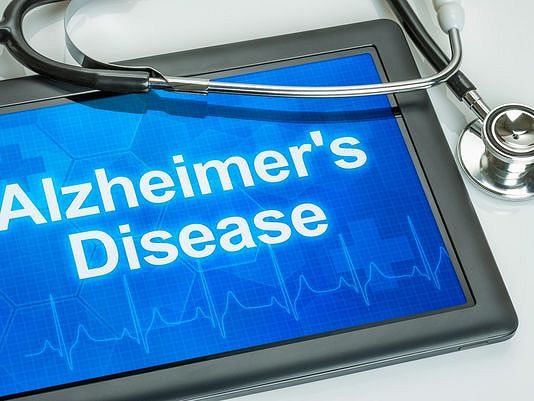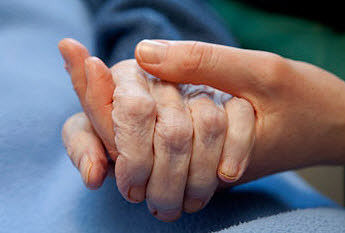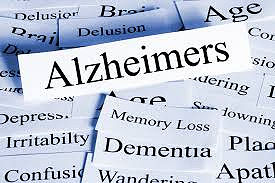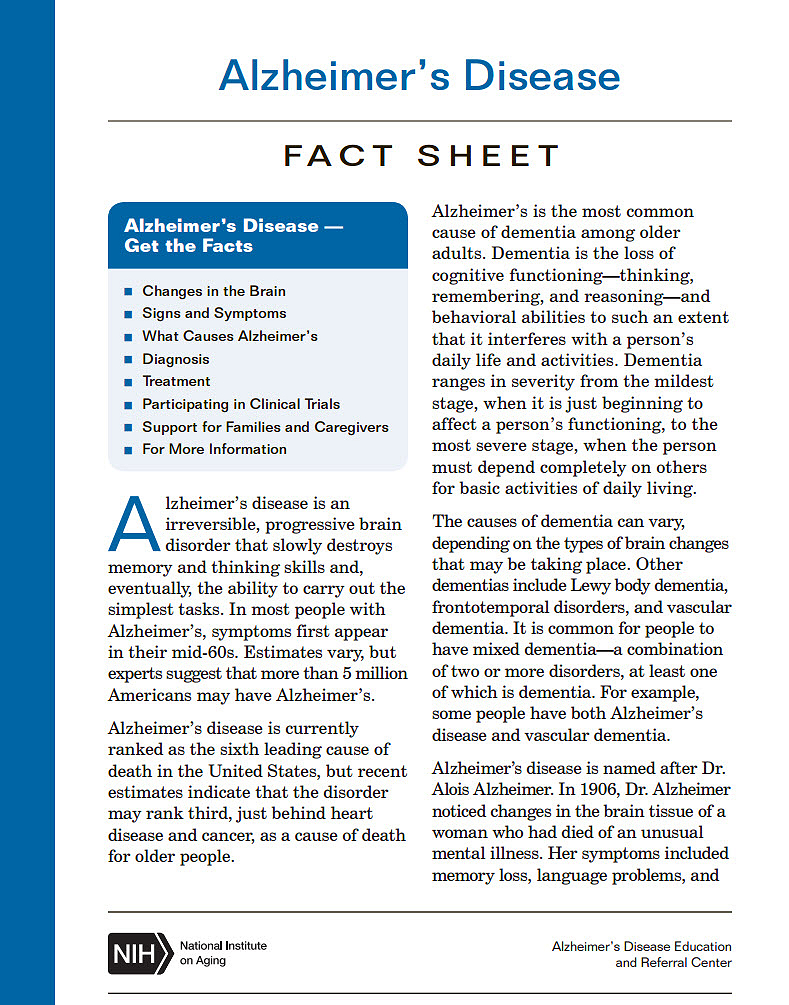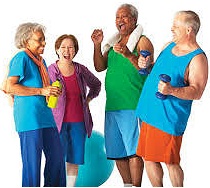J Alzheimers Dis. 2016 Mar 11. [Epub ahead of print]
Longitudinal Relationships between Caloric Expenditure and Gray Matter in the Cardiovascular Health Study.
Raji CA1, Merrill DA2, Eyre H3,4, Mallam S3, Torosyan N3, Erickson KI5, Lopez OL6, Becker JT5,6,7, Carmichael OT8, Gach HM9, Thompson PM10, Longstreth WT11, Kuller LH12.
Abstract
Background
Physical activity (PA) can be neuroprotective and reduce the risk for Alzheimer’s disease (AD). In assessing physical activity [swimming, hiking, aerobics, jogging, tennis, racquetball, walking, gardening, mowing, raking, golfing, bicycling, dancing, calisthenics, and riding an exercise cycle], caloric expenditure [kilocalories per week] is a proxy marker reflecting the sum total of multiple physical activity types conducted by an individual.
Objective
To assess caloric expenditure, as a proxy marker of PA, as a predictive measure of gray matter (GM) volumes in the normal and cognitively impaired elderly persons.
Methods
All subjects in this study were recruited from the Institutional Review Board approved Cardiovascular Health Study (CHS), a multisite population-based longitudinal study in persons aged 65 and older.
We analyzed a sub-sample of CHS participants 876 subjects (mean age 78.3, 57.5% F, 42.5% M) who had i) energy output assessed as kilocalories (kcal) per week using the standardized Minnesota Leisure-Time Activities questionnaire, ii) cognitive assessments for clinical classification of normal cognition, mild cognitive impairment (MCI), and AD, and iii) volumetric MR imaging of the brain.
Voxel-based morphometry modeled the relationship between kcal/week and GM volumes while accounting for standard covariates including head size, age, sex, white matter hyperintensity lesions, MCI or AD status, and site. Multiple comparisons were controlled using a False Discovery Rate of 5 percent.
Results
Higher energy output, from a variety of physical activity types, was associated with larger GM volumes in frontal, temporal, and parietal lobes, as well as hippocampus, thalamus, and basal ganglia. High levels of caloric expenditure moderated neurodegeneration-associated volume loss in the precuneus, posterior cingulate, and cerebellar vermis.
Main effect of increasing caloric expenditure on gray matter structure in the Cardiovascular Health Study. Red and yellow colors reflect larger gray matter volumes in the frontal, temporal, and parietal lobes (Above).
Main effect of change in physical activity over time on gray matter structure. Areas that demonstrated more gray matter volume with increased physical activity over time include the left inferior orbital frontal cortex and left precuneus (Above).
Conclusion
Increasing energy output from a variety of physical activities is related to larger gray matter volumes in the elderly, regardless of cognitive status.

Copyright ©2015 IOS Press All rights reserved.
